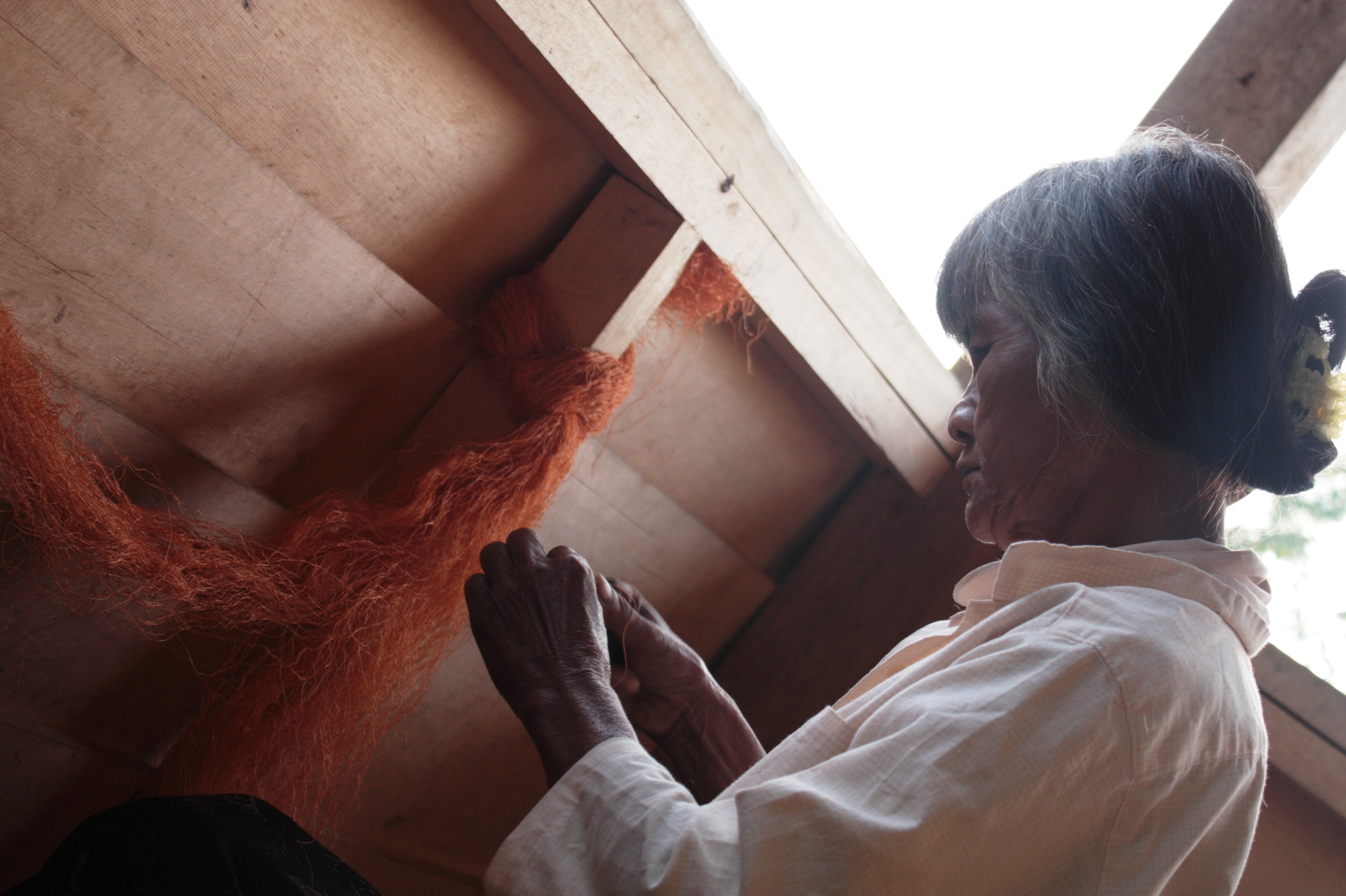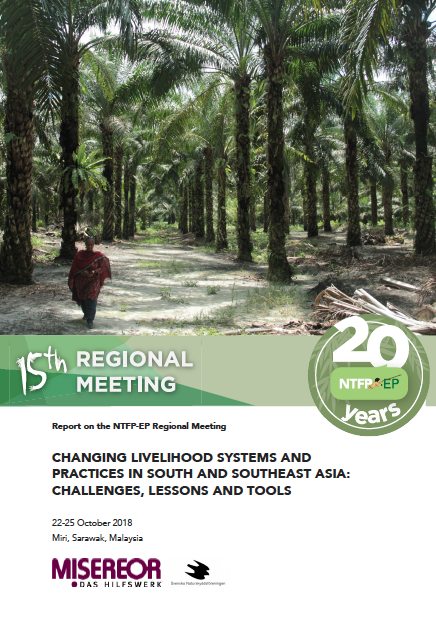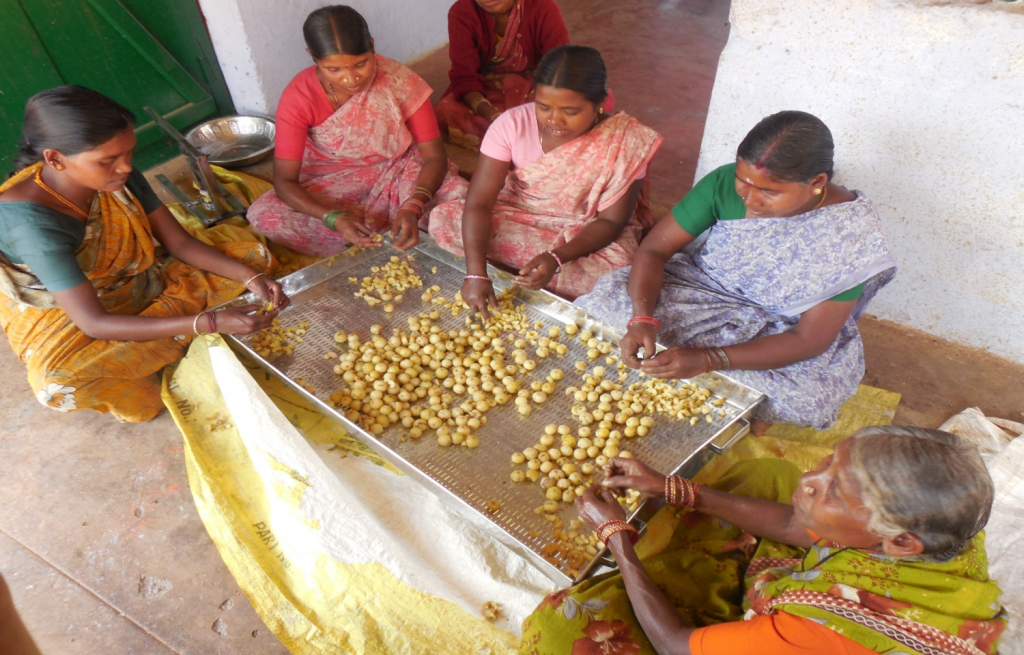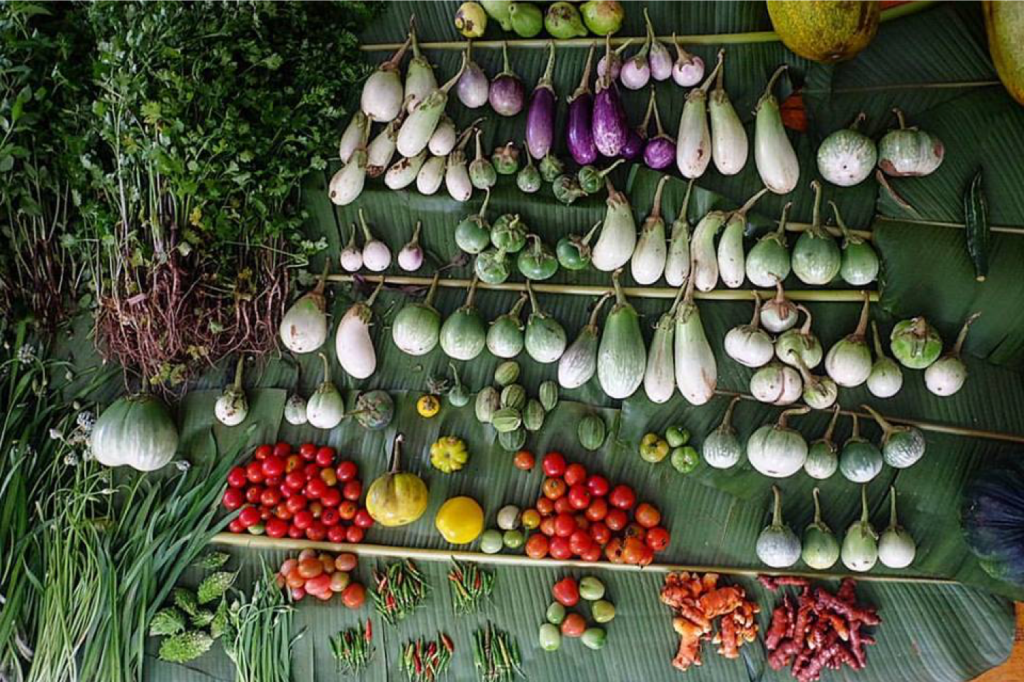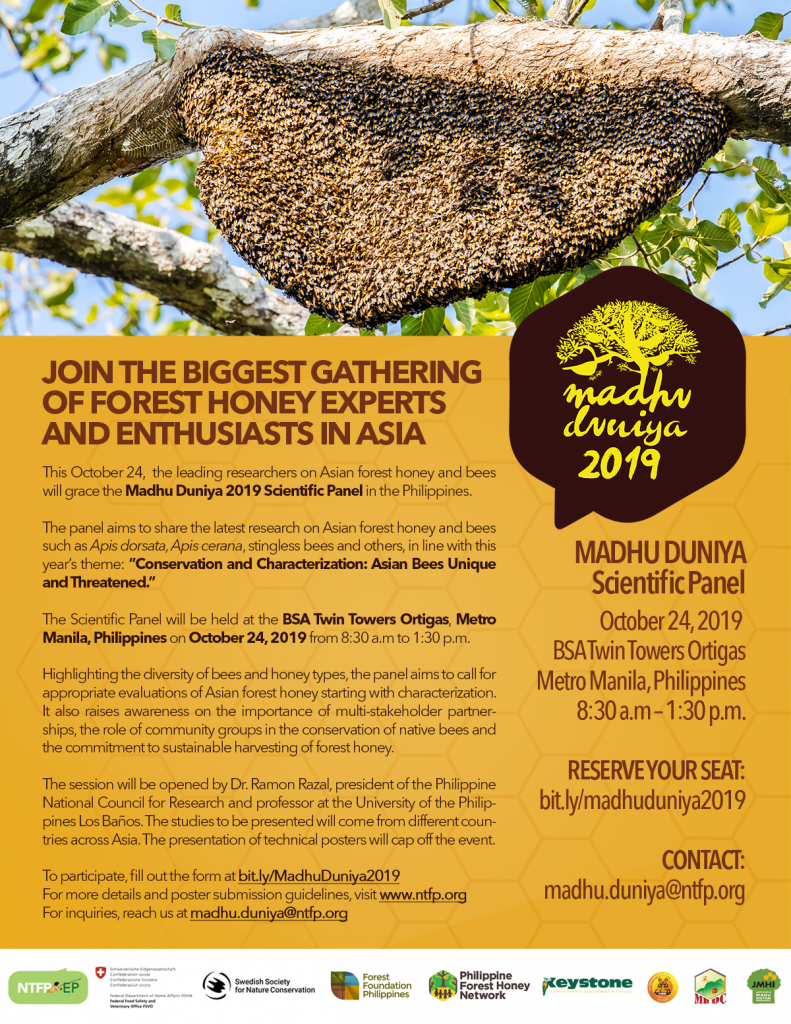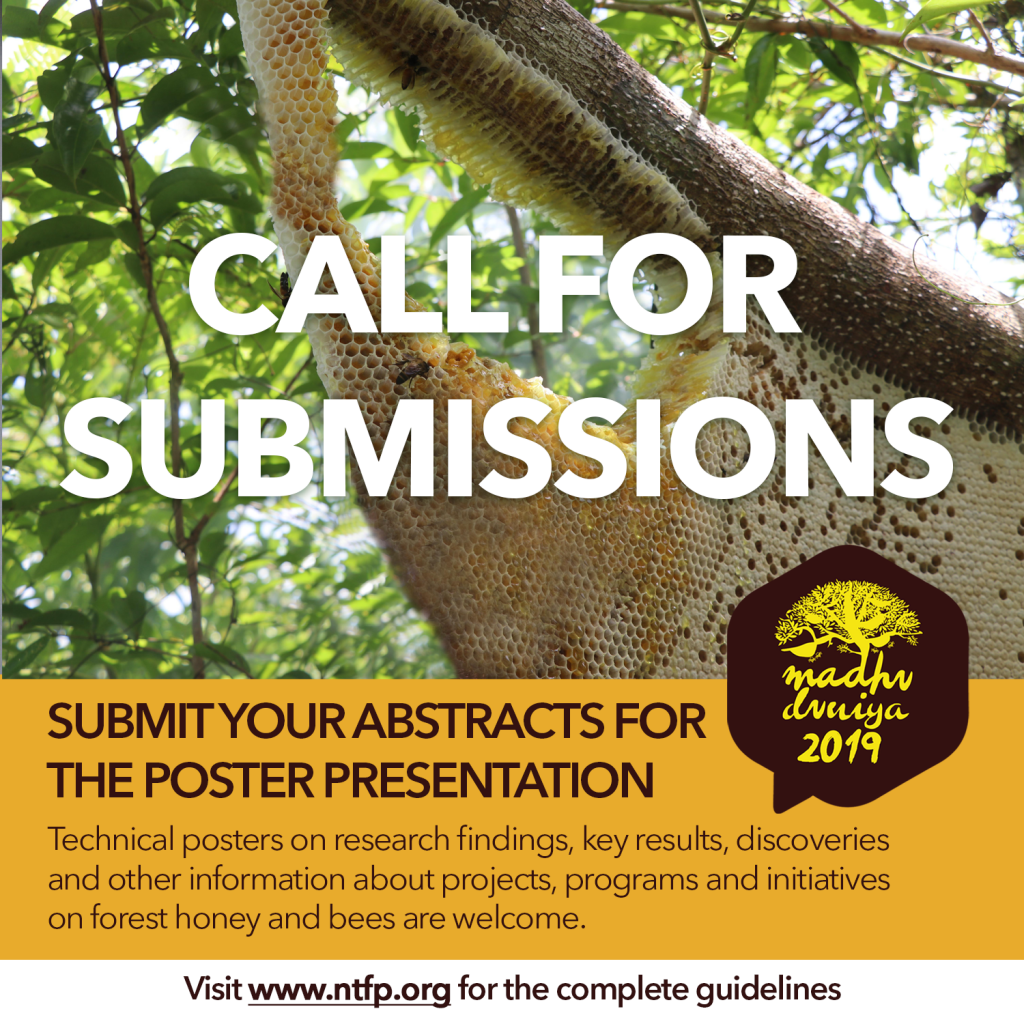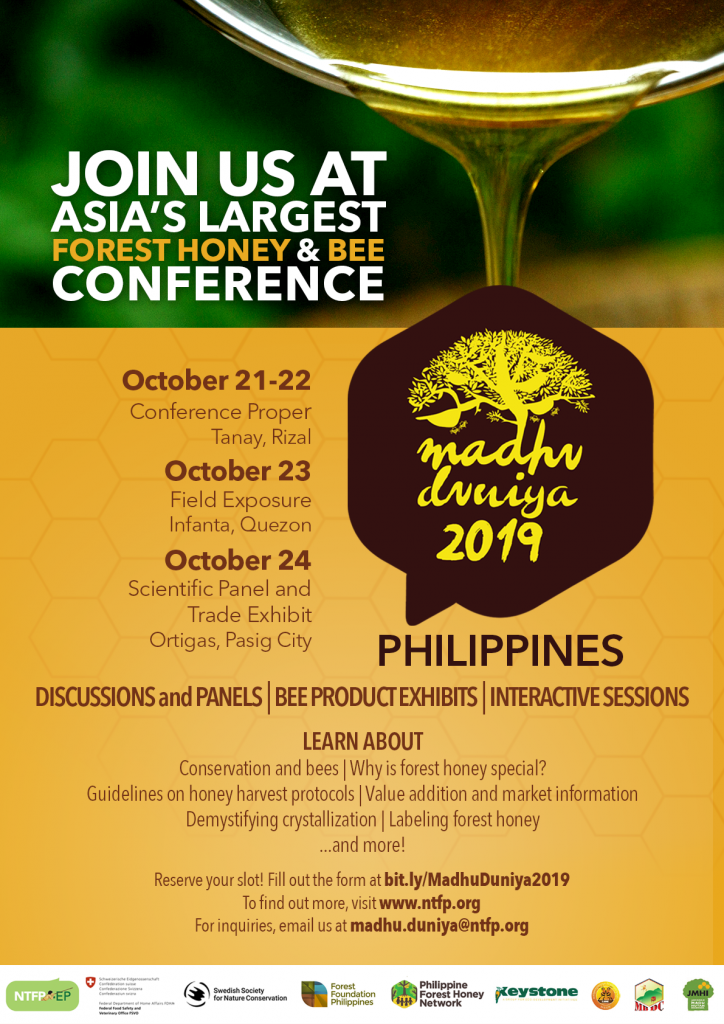The market for forest products continues to grow given the changes in forest products value chains in the Asia-Pacific region. This holds true for both the non-timber and timber ‘worlds.’ Aside from the increasingly transnational nature of trade, the role of small and micro-businesses in the production and trade of forest products has also grown.
Many countries in the region are placing legality measures at the national, regional and international levels to ensure the sustainability of these products. For example, many tropical producing countries are engaged in multi-stakeholder dialogues regulating and governing timber legality such as through FLEGT Voluntary Partnership Agreements (VPAs) wherein their trade is increasingly monitored.
While generally true for timber products, non-timber forest products (NTFPs) continue to fall behind. In many countries, NTFPs are considered ‘minor’ or ‘ordinary’ compared to their timber counterparts. Most discussions on NTFPs and their use revolves on subsistence when in fact, NTFPs contribute significantly to the social, economic, and cultural aspects of forests and local communities.
The influence of data in this dichotomy is very much evident among the timber and non-timber forest products ‘worlds’.
The data game
The growing market for quality and sustainable NTFPs reflects the value of recognizing the need for more data on the products’ local traditional and ecological value to ensure sustainability.
Data is a valuable tool to safeguard the intellectual property rights of indigenous peoples and their traditional knowledge. Borne out of strategic leadership and foresight, the Association of Southeast Asian Nations (ASEAN) has taken specific steps to transform the region into an innovative and competitive region through intellectual property rights, recognizing it as a good starting point for member states to encourage innovation within its national and regional economic initiatives.
According to the World Intellectual Property Rights Organization (WIPO), “the development of a balanced and well-founded [intellectual property] strategy–one that frames policies and programs in support of national development priorities–is a significant step toward ensuring that intellectual property works for everyone.” For example, in the Philippines, “national authorities are using [intellectual property] to support the rights of indigenous peoples and local communities through a regulation that mandates the establishment of a registry of indigenous knowledge systems and practices and requires the disclosure of traditional knowledge used in patent applications.”
The availability, collectability, retrievability, and retainability of crucial data allows for clearer steps to safeguard ownership of community intellectual property rights. “In the ASEAN context, the business of intellectual property goes beyond protection. It is about ensuring that benefits of innovation and competition are enjoyed by everyone, from the largest megacities to the smallest villages.” (WIPO, 2017)
On the other hand, independent monitoring and transparency of information by governments and businesses are essential parts of a robust timber legality assurance system.
The provision of such data would aid in structuring demand and supply-side measures to promote legal and sustainable forest products and trade. But the conversation on the importance of data as a driver also needs some caution. Data made available could put NTFPs at risk of overexploitation if market demand rises while green and fair-trade arrangements have not yet developed.
On one hand, the region is rich in literature and data on social forestry, community-based forest management (and its various modalities.) But there are few efforts to connect this information to the role of ecological, social, cultural, and even spiritual factors that shape individual and collective outcomes for forest products trade.
From sales to tales
On the other hand, the work on NTFPs has ushered in new possibilities of understanding forest products and trade. When talking about forest products data, discussions are usually about quantification, trends, and categories. Numbers, as much as they provide measures for productivity and success, can only provide for rules rather than relationships, generalities rather than individuals.
Between the two ‘worlds,’ NTFP trade and development has lingered on a much more intimate approach that explores individuality and relationships––among communities and forests.
Such is the case of the traditional Hinabol cloth of the Higaonon indigenous groups from Mindanao, Philippines. With their understanding of the crucial role of abaca (Musa textalis), the Higaonon weavers have employed strategies to ensure its sustainability not just as a source of livelihood but also as a social, cultural, and ecological resource. This sacred regard for the ecology of forests manifests in deeper and more meaningful encounters with the community.
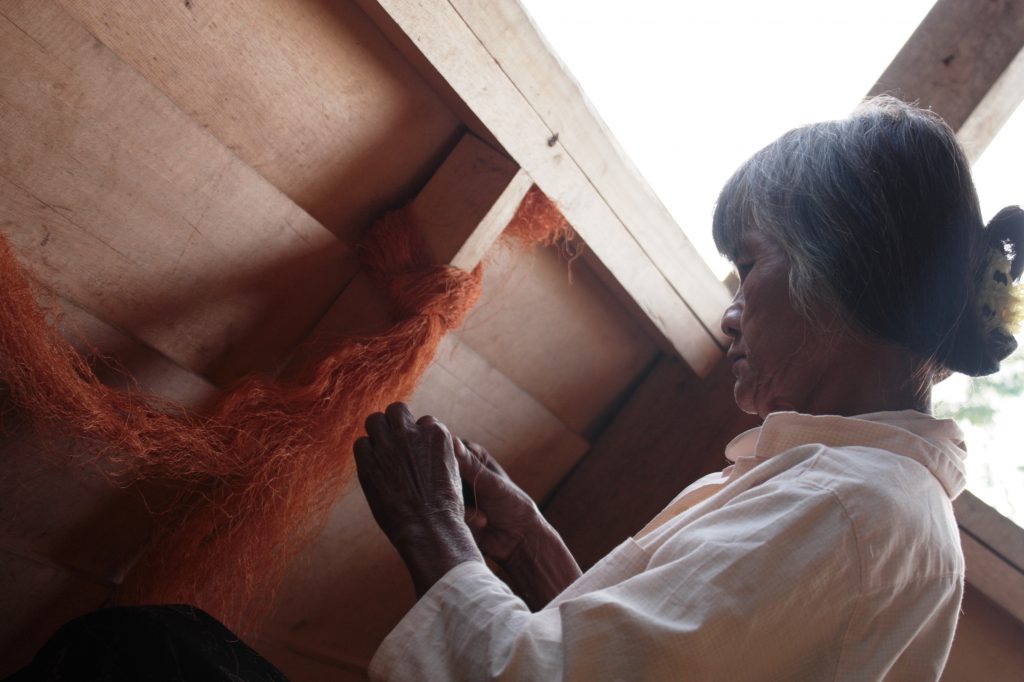
Synergizing names and numbers
In a study conducted by CIFOR in 2016, there are substantial gaps that link population dynamics, market forces, and physical characteristics to both environmental and livelihood outcomes. In terms of the available data, there are gaps on the levels by which they represent outcomes, be they environmental or socio-economic, making comparisons across cases very challenging.
The abundance and scarcity of data on timber and non-timber products, respectively, speak volumes about how the two ‘worlds’ could work together. The timber sector can leverage their experience in regulating legal and sustainable production and markets, while NTFP initiatives can capitalize on their experience in supporting and organizing smallholders, communities, and micro-enterprises. This combined can help facilitate greater collaboration and cross-fertilization among the two ‘worlds’.
The forestry sector could use a more collaborative spirit, one that uses the advantages of both timber and non-timber realms. Considering both the demand and the lessons learned on the importance of data use and management, it may only be fitting for stakeholders to go into more collaborations and partnerships that could foster a more people-centered forestry sector.
With this, there is a need to build new and develop existing resource platforms for better knowledge management on forest trade, both on timber and non-timber forest products. This could not only help improve market controls but also inform policy/regulatory reform and facilitate independent monitoring activities. Furthermore, the development of forest products and enhancing local and regional trade should factor in the importance of traditional knowledge and environmental sustainability.
“Data are to this century what oil was to the last one: a driver of growth and change. Flows of data have created new infrastructure, new businesses, new monopolies, new politics and–crucially–new economics. … Many a battle will be fought over who should own, and benefit, from data.” (Economist, May 6, 2017)
Much like monetary modes of transaction, data is slowly becoming currency at the global level. The importance of data harks back to the utmost need to access it. For many forest communities, data is one way their crucial role in forest management could be recognized. Oftentimes, data is taken as an intangible element of everyday life. It emphasizes peoples’ socioeconomic needs, livelihood opportunities, tenurial gaps, and challenges to policies. Data can be seen in binaries in parallel with timber and non-timber products: of economic opportunities for greater freedom, or a new form of surveillance that is difficult to evade. It can be complicit in maintaining power asymmetries or enable distributive justice by pronouncing the marginalized.
In the end, data will, and should, allow for fairness in the way people are made visible, represented, and treated as a result of their data production. Perhaps the only acceptable way towards a rapidly ‘datafying’ world is to determine the most ethical path: one that takes into account the stories behind the numbers.
The preceding article was lifted from the discussions held at the Asia Pacific Forestry Week 2019 Stream 4 partner event in Incheon, South Korea entitled “Situation and trends in forest products trade”. It was held last 18 June 2019 and was organized by NTFP-EP Asia in partnership with the Swiss Development Cooperation through the ASEAN-Swiss Partnership for Social Forestry and Climate Change.
Article by Earl Diaz. Photo from Custom Made Crafts Center.

